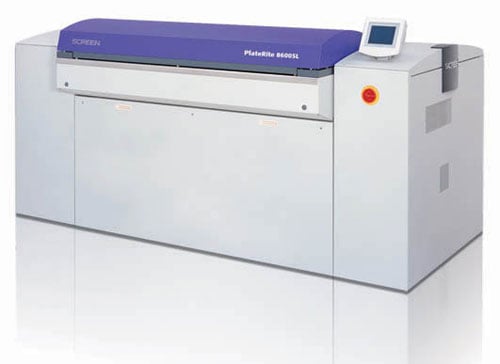Compared with traditional plates, CTP platemaking machine plates also require different operation methods during the handling process. Because many digital plate images use the edge of the plate as the main reference point for calculating the imaging position. Digital plates have very strict requirements on edge straightness and uniformity. Although this is only a minor problem for traditional plates, if the edge of a digital plate is not straight, uneven or damaged, the plate will not work properly.
The next step in digital plate production is to create and maintain a service team that can help printers solve problems at any time and in any place. This is an issue that should be considered when evaluating any traditional and digital plates, but it is particularly important for digital plates. Because printers who generally use CTP production have very strict time constraints for their customers, which means that as soon as problems arise, they must be solved immediately.
When comparing different digital plates or platemaking systems, it is worth noting that the final product is not a pile of plates sent to the printing workshop but a print produced by the accurately imaged plates on the printing press without any problems. When considering the cost of producing digital plates, several important factors should be taken into account that make them more expensive than traditional plates. One important point is the need for high-quality raw materials. Thermal technology is the technology that printers use in CTP systems. Thermal plates will bring users precise quality and stable high quality.

